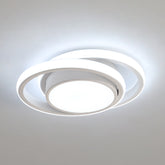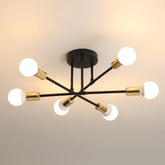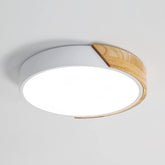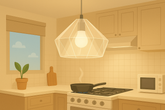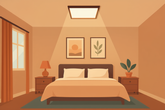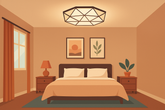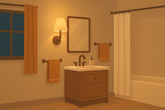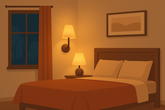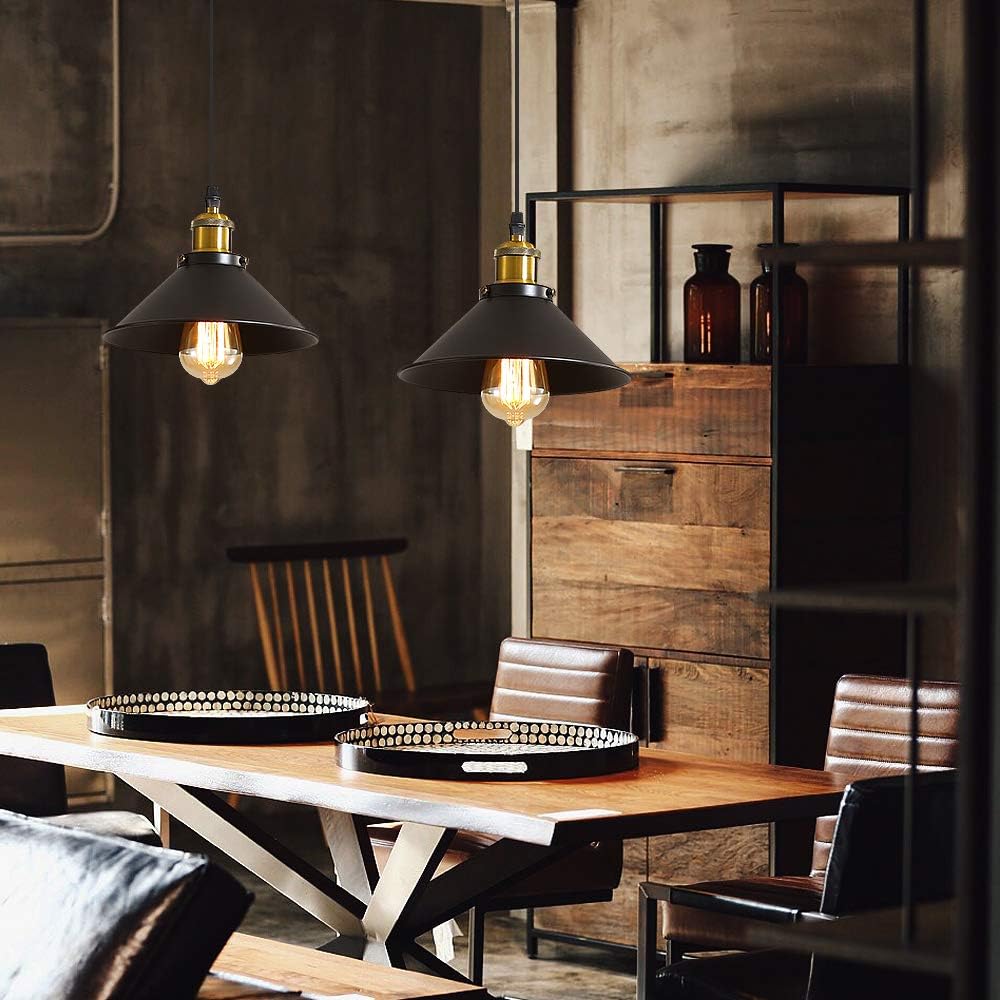The Ultimate Guide to Choosing Bedroom Wall Lamps
The bedroom is a place of rest and relaxation, and creating a cozy, comfortable atmosphere is essential. Beyond furniture and decoration, lighting plays a major role—especially wall lamps, which add a romantic and inviting touch. So what should you consider when selecting and installing wall lamps for the bedroom? Let’s dive into this complete guide.
1. Wall Lamp Style and Color
Wall lamps come in a wide range of styles and designs, suited to different bedroom themes. Choose a lamp that complements your room's decor to ensure a harmonious look. It’s best to match the wall lamp’s color and finish with your bedroom palette for a warm, romantic vibe.
2. Lamp Shade Design
The lampshade softens the light and protects the bulb. Most lampshades are made of glass with metal brackets. When purchasing, check that the shade's color suits your room’s aesthetic. Also consider whether the material is glossy, light-transmitting, and corrosion-resistant. For large bedrooms, thicker, high-end shades work best, while in smaller rooms, thinner shades add a more transparent and airy feel.
3. Light Intensity
Bedroom wall lamps are typically used as auxiliary lighting, so high brightness is not required—generally under 60W. It's recommended to choose dimmable lamps, allowing you to adjust the light based on your needs. Soft warm-yellow tones are easier on the eyes and help create a calm, relaxing atmosphere.
4. Pre-Wiring for Wall Lamps
Proper wiring planning is essential during the home renovation process. If you're planning to install wall lamps, make sure a professional electrician reserves wiring paths and switch positions in advance. This avoids any unnecessary adjustments during installation later on.
5. Installation Height and Position
Wall lamps are usually mounted above the bed’s headboard. Since bed heights vary, determine the ideal position based on your specific setup. A recommended guideline is to place the lamp at a 45° angle from the bed center, approximately 15cm from the edge. This ensures optimal lighting without glare.
